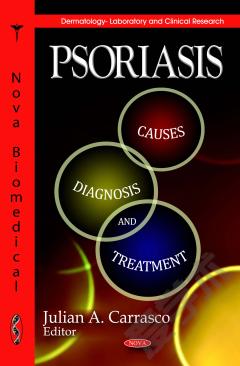Thrombotic Thrombocytopenic Purpura: Causes, Diagnosis and Treatment
Thrombotic thrombocytopenic purpura is a life-threatening occlusive disorder of the microcirculation that is characterized by systemic platelet agglutination, organ ischaemia, severe thrombocytopenia and fragmentation of red blood cells. In the opening study included in Thrombotic Thrombocytopenic Purpura: Causes, Diagnosis and Treatment, the authors analyze the principal risk factors and causes of this disorder. Thrombotic thrombocytopenic purpura is diagnosed using standard laboratory tests: in addition to microangi-opathic hemolytic anemia and consumption thrombocytopenia, classical parameters for hemolysis show an elevated reticulocyte count, an undetectable serum haptoglobin concentration, and a markedly elevated lactate dehydrogenase level as well as the presence of schistocytes on the blood smear. The authors propose that there are other pathologies with moderate thrombocytopenia that we should consider, such as: hereditary thrombotic thrombocytopenic purpura, hereditary hemolytic uremic syndrome, and thrombotic microangiopathies associated with some medications, transplantation or hidden malignancies. The closing chapter aims to revise the management of thrombotic thrombocytopenic purpura in pregnant women. To effectively manage this disorder, it is crucial to obtain a prompt diagnosis, in conjunction with further monitoring and treatment, to avoid fetal loss and maternal complications.
{{comment.content}}








 京公网安备 11010802027623号
京公网安备 11010802027623号